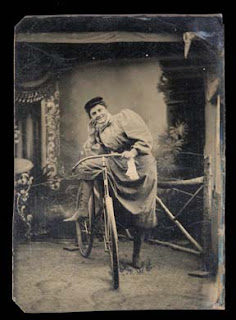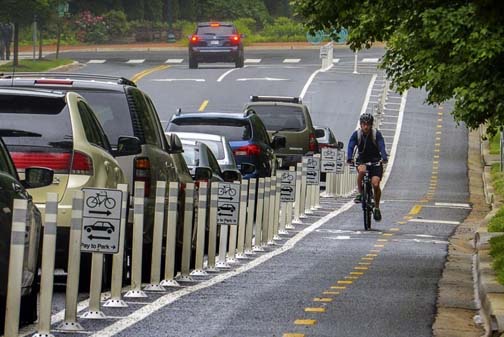Obesity Will Soon Overtake Smoking as Principal Cause of Cancer

For decades, smoking was one of the leading causes of cancer, but that's about to change. Obesity will likely claim the lead spot as the principal cause of 10 different types of cancer within the next decade. Cancer once seen as a disease of old age -- now increasingly being diagnosed up to to two decades earlier than in the past. Fortunately, researchers are also starting to recognize the power of lifestyle changes over drug prescriptions. It's been well documented by experts that exercise was such a 'potent' force against cancer that it should be prescribed as part of disease treatment, and at the top of the list is CYCLING! Recent studies continue to shed light on how everyday cycling is not only good for our cardiovascular health but also a way to save billions in health care costs. While everyday cycling is starting to be recognized as a low-impact form of exercise there remains resistance to accepting riding a bike as a form of preventive health ...






